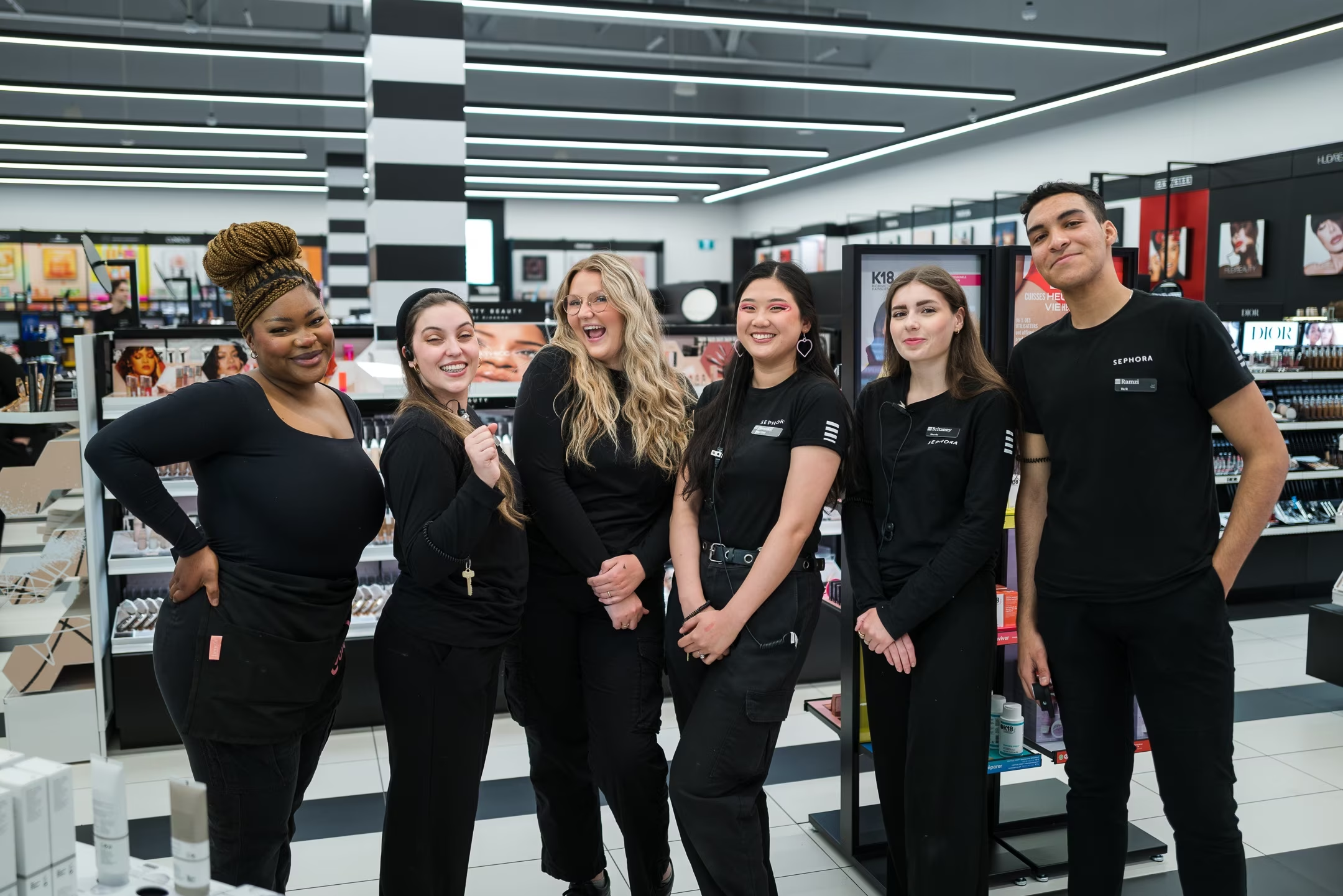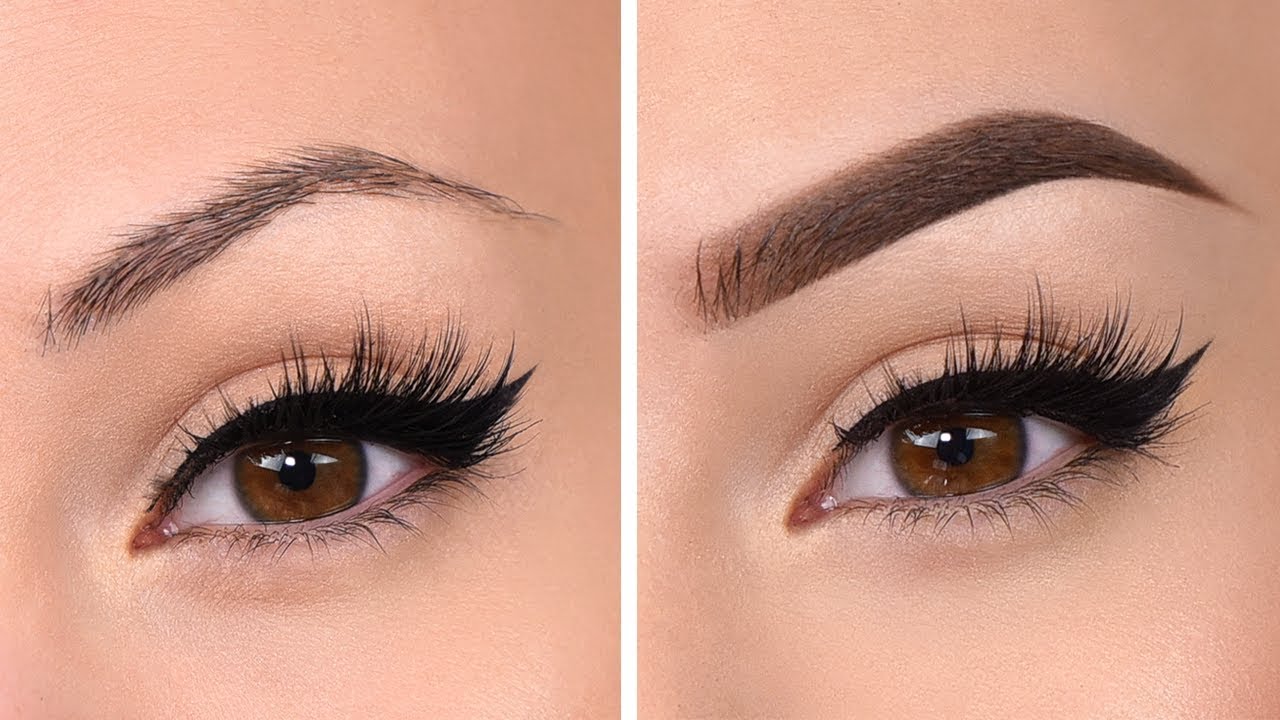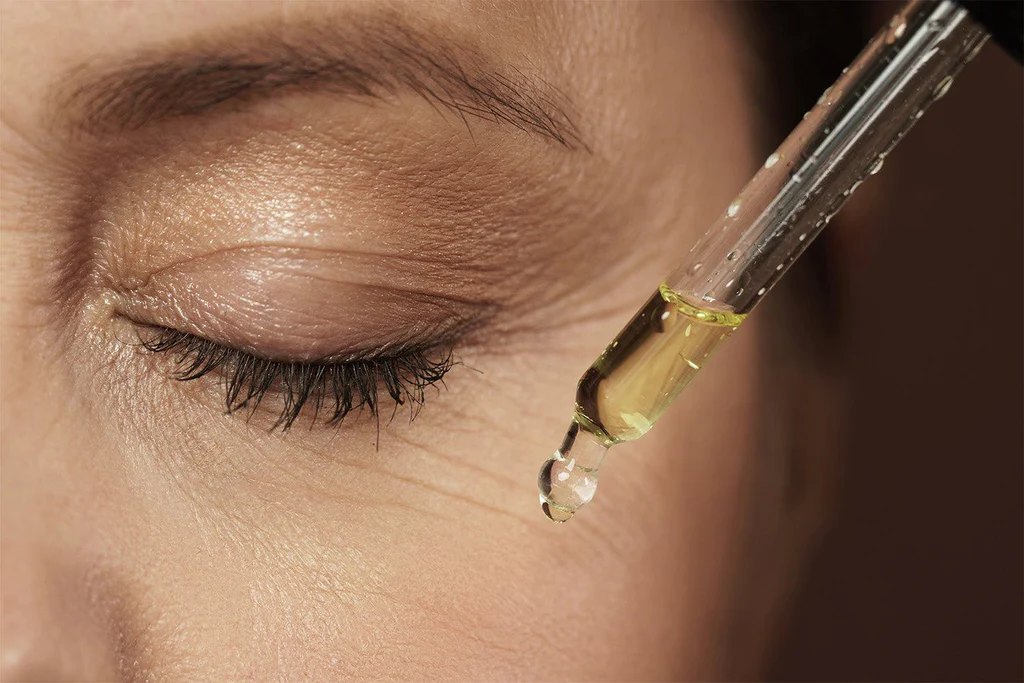
 By
Your Beauty Plug
By
Your Beauty Plug
If you want to achieve a flawless makeup look that lasts all day, you need to start with a good primer. A primer is a product that creates a smooth base for your foundation and other makeup products, filling in pores, fine lines, and uneven texture. It also helps your makeup adhere better to your skin and prevents it from sliding off or fading throughout the day.
But not all primers are created equal. Depending on your skin type and preferences, you may need a different kind of primer to suit your needs. One of the most popular and versatile types of primers is water-based primer, which is formulated with water as the main ingredient, as opposed to silicone-based primer, which is formulated with silicone.
Water-based primers have many benefits for your skin and makeup application. Here are some of the reasons why you should consider using a water-based primer for your makeup routine:
One of the main advantages of water-based primers is that they are hydrating and nourishing for your skin. Water-based primers contain ingredients like hyaluronic acid, aloe vera, niacinamide, and other moisturizing and soothing agents that help replenish your skin’s moisture levels and calm any irritation or inflammation. Water-based primers are especially suitable for dry and sensitive skin types, as they do not strip your skin of its natural oils or cause any adverse reactions.
Water-based primers also help your foundation glide on more smoothly and evenly, as they prevent your skin from flaking or cracking due to dryness. They also give your skin a healthy and radiant glow, as they reflect light and enhance your natural complexion.
Another benefit of water-based primers is that they are lightweight and breathable, meaning that they do not feel heavy or greasy on your skin. Water-based primers have a thin and watery consistency that absorbs quickly into your skin and does not leave any residue or film behind. They also do not clog your pores or cause any breakouts, as they are non-comedogenic and oil-free.
Water-based primers are ideal for oily and combination skin types, as they help control excess oil production and mattify your skin without drying it out. They also do not interfere with your foundation’s finish, whether you prefer a matte, dewy, or natural look. Water-based primers can also be used by normal skin types, as they provide a balanced and comfortable base for your makeup.
The last but not least benefit of water-based primers is that they are long-lasting and effective, meaning that they help your makeup stay in place and look fresh for hours. Water-based primers have a high water content that evaporates quickly, leaving behind a thin layer of polymers that act as a glue for your makeup. These polymers form a flexible and invisible barrier that prevents your makeup from smudging, creasing, or fading due to sweat, humidity, or heat.
Water-based primers also help your makeup look more vibrant and pigmented, as they prevent your skin from absorbing your makeup products and diluting their color. They also help your makeup blend more seamlessly and flawlessly, as they create a smooth and even canvas for your makeup.
Here are some of the most frequently asked questions about water-based primers and their answers:
To choose a water-based primer, you need to consider your skin type, your skin concerns, and your desired makeup look. For example, if you have dry and sensitive skin, you may want to look for a water-based primer that has hydrating and soothing ingredients like hyaluronic acid and aloe vera. If you have oily and acne-prone skin, you may want to look for a water-based primer that has oil-controlling and pore-minimizing ingredients like niacinamide and salicylic acid. If you want a matte makeup look, you may want to look for a water-based primer that has a mattifying and blurring effect. If you want a dewy makeup look, you may want to look for a water-based primer that has a luminizing and brightening effect.
You can also check the ingredients list of the primer to see if it is water-based or not. A water-based primer will have water (aqua) as the first ingredient, followed by other water-soluble ingredients. A silicone-based primer will have silicone (dimethicone, cyclopentasiloxane, etc.) as the first ingredient, followed by other oil-soluble ingredients.
To apply a water-based primer, you need to follow these steps:
To match a water-based primer with a water-based foundation, you need to use the same rule as matching a primer with a foundation in general: use the same base for both products. This means that if you are using a water-based primer, you should also use a water-based foundation, and vice versa. This will ensure that your primer and foundation work well together and do not cause any separation, pilling, or caking on your skin.
You can also check the ingredients list of the foundation to see if it is water-based or not. A water-based foundation will have water (aqua) as the first ingredient, followed by other water-soluble ingredients. A silicone-based foundation will have silicone (dimethicone, cyclopentasiloxane, etc.) as the first ingredient, followed by other oil-soluble ingredients.
If you are looking for some recommendations for water-based primers, here are some of the best ones on the market, according to makeup artists and beauty experts:
Now that you know the benefits of water-based primer and how to choose and apply one, you may be wondering how to use it with other makeup products. Here are some tips and tricks to make the most of your water-based primer and achieve a stunning makeup look:
Water-based primers are one of the best types of primers for your makeup routine, as they have many benefits for your skin and makeup application. They are hydrating and nourishing, lightweight and breathable, and long-lasting and effective. They are also suitable for all skin types and preferences, as they come in different formulas and effects. To use a water-based primer, you need to choose one that matches your skin type, concerns, and desired makeup look, apply it before your foundation and other makeup products, and match it with a water-based foundation and other cream or liquid products. By following these steps, you will be able to achieve a flawless and beautiful makeup look that lasts all day.
I hope you enjoyed this blog post and learned something new about water-based primers. If you have any questions or comments, feel free to leave them below. Thank you for reading!




